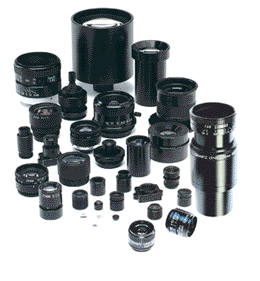High resolution lenses for machine vision — standard and custom lens design
Ultra Violet Lights Purify Drinking Water
High Resolution Lenses for machine vision, instrumentation, inspection and vibration-sensitive applications. Standard and custom hi-res lens assemblies.

Ultra Violet Lights
Ultra violet lights can help purify drinking water in both home and business settings because ultra violet is an effective way to kill potentially harmful bacteria, viruses and micro-organisms. Because of its effectiveness, experts for the purification of drinking water recommend ultra violet light.
The way the technology works, is that the ultra violet light wavelengths, focused on the contaminated water, can effectively deactivate and kill the microorganisms in the water. After the microorganisms are deactivated and eliminated, the water can be used without any fear of ingesting any water borne disease. Ultra violet wavelengths range from 100 to 400 nm, but to effectively deactivate micro-organisms the wavelengths need to operate at a level of 300 nm or higher. Ultra violet wavelengths of fewer than 300 nm may not eliminate the harmful bacteria and viruses and make the drinking water potable.
Why use ultra violet technology to kill bacteria? One of the significant advantages is that ultra violet wavelengths are able to deeply penetrate the DNA levels of the microorganisms and eliminate them from the water. Using ultra violet wavelengths is a safer way to eliminate harmful bacteria without having to introduce chemicals to the water as chemicals can bring with them their own potentially harmful side effects. The way an ultra violet water purification system works is that the water is passed through a quartz tube that is surrounded by ultra violet light and it is purified during that process. Care must be taken to keep dirt and film from the quartz tube or the effectiveness of the cleaning will be negatively impacted.
One of the major drawbacks to using ultra violet light to purify water is its expense. Another drawback is its effectiveness if the wavelengths fall below 350 nm. The overall turbidity of the water can also impact the effectiveness of using ultra violet light technology to eliminate bacteria; the higher the turbidity, the higher the wavelengths and the amount of time needed to clear up the water will need to be.
Individuals and businesses looking to make a move away from chemically treating water to make it potable may find the cost of an ultra violet water cleaning system worth the investment.